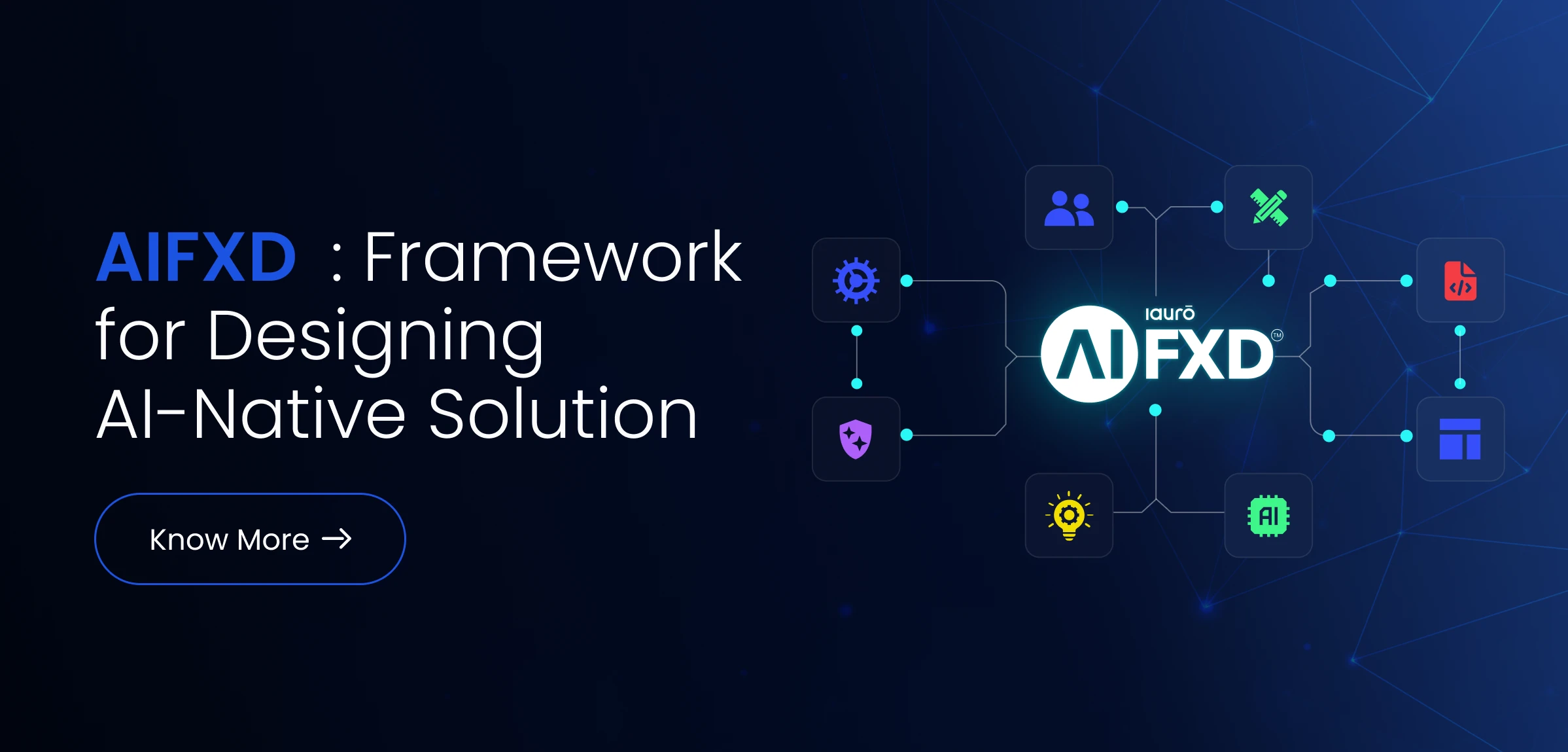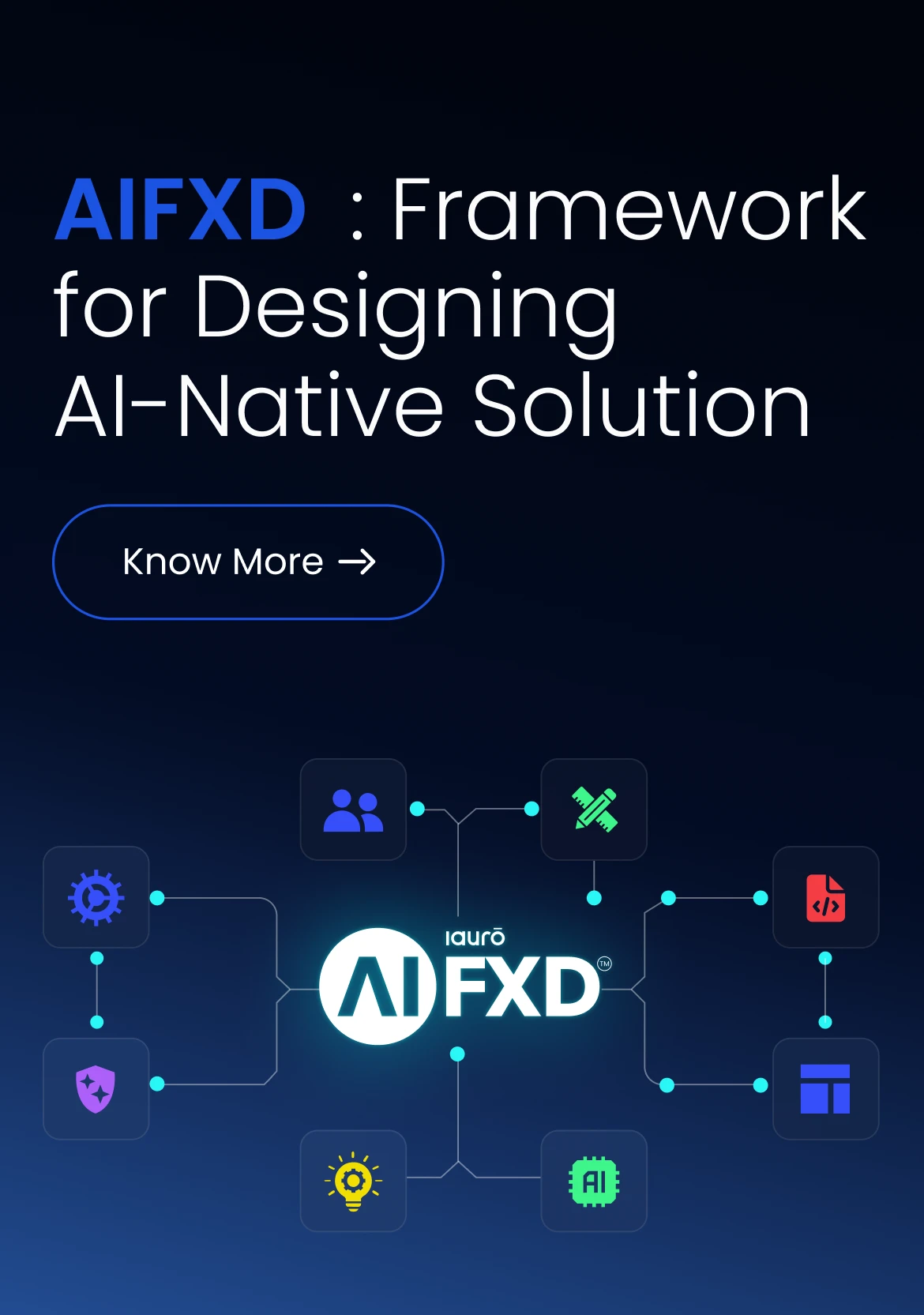From Black Box to Business Control: Making AI Decisions Negotiable, Not Mysterious


Executive 概要
For years, AI has been described as a “black box.” It produces results, but few can explain how.
That opacity isn’t just technical; it’s operational. Businesses are now accountable for AI-driven decisions they can’t fully trace, justify, or audit.
With the EU AI Act, NIST AI Risk Management Framework, and ISO 42001 setting stricter governance norms, opacity is fast becoming a liability.
The solution isn’t to slow AI down; it’s to make its decisions negotiable: explainable, traceable, and open to human review and constraint.
Negotiable AI means every recommendation comes with evidence, alternatives, and accountability. It gives leaders something they’ve long lacked in AI systems: BUSINESS CONTROL.
The Problem with the Black Box
AI models can make faster decisions than humans ever could, but speed without clarity breeds risk. A loan rejected by an opaque algorithm or a production delay triggered by a hidden model rule can’t simply be explained away with “the model said so.” The cost of opacity shows up as eroded trust, compliance failures, and operational slowdowns.
The EU AI Act (Articles 9, 13, and 26) now requires enterprises to log every significant model action, provide human oversight, and maintain risk assessments throughout the lifecycle. These aren’t academic ideals; they are becoming business obligations. The same pattern appears in NIST’s Govern–Map–Measure–Manage model and ISO 42001’s audit-driven AI management system.
Opaque systems slow adoption because stakeholders can’t see how trade-offs were made. Without visibility into “why,” trust collapses, and no amount of algorithmic accuracy can compensate. Explainability alone doesn’t fix that. True control means being able to question, modify, or even veto a machine’s decision.
What Makes an AI Decision Negotiable
Negotiable AI decisions share one trait: they can be debated. They expose how they reached a conclusion, what other options existed, and what assumptions they relied on. When an AI system can explain its reasoning and show its boundaries, decision-making becomes a shared process rather than a one-sided outcome.
Evidence.
Evidence is the foundation of trust in AI. It includes technical documentation, input-output logs, and calibration data that show how confident the model is in its predictions. In regulated workflows, maintaining an Expected Calibration Error (ECE) below 0.05 ensures that predicted probabilities closely match actual outcomes, meaning a “70% likelihood” really reflects a 70% chance in the real world.
Alternatives.
Negotiable AI doesn’t just tell you what it decided; it shows what it considered. Counterfactual or causal explanations provide “what-if” scenarios that let humans see how different inputs might change the outcome. If a credit model says “no,” it should also explain, “If the applicant’s income were 10% higher, the answer would change to yes.” This context transforms AI from a gatekeeper into a collaborator.
Trade-offs.
Every business decision carries trade-offs such as speed versus quality or cost versus accuracy. Negotiable AI surfaces these compromises transparently using multi-objective optimization techniques, so decision-makers can understand what’s being prioritized. This visibility prevents blind acceptance and replaces gut instinct with informed judgment.
Constraints.
Constraints ensure that AI systems operate within defined boundaries. By embedding policy-as-code through frameworks like Open Policy Agent (OPA) or Casbin, businesses can enforce rules on safety limits, spending caps, or access permissions. These coded constraints ensure compliance at runtime, automatically halting or rerouting decisions that exceed approved thresholds.
Decision Rights.
Negotiable AI defines who gets the final say. Through human-in-the-loop (HITL) design patterns such as recommend-only, require-approval, or supervised autonomy, teams can decide when AI acts independently and when human intervention is mandatory. This balance maintains efficiency while ensuring that accountability never leaves human hands.
Traceability.
No decision should exist without a paper trail. Traceability means capturing full lineage, including model versions, inputs, policies applied, overrides made, and who approved them. When every decision is auditable, businesses gain not just compliance readiness but also confidence in their own operations.
This combination moves AI from automated to auditable, transforming it into a system that not only acts but can also explain and justify its actions.
The Negotiable Decision Stack
Think of negotiable AI as a layered system rather than a single model. Each layer adds control and visibility, turning automation into accountable intelligence that aligns with both technical standards and business governance.
- Data and Context Layer
Decisions start with data, but not all data remains stable. This layer unifies inputs across business, finance, and operational systems while continuously monitoring for data drift, typically flagged when feature distributions shift beyond 10–15% from baseline. When drift is detected early, teams can retrain models before errors become expensive.
- Policy and Guardrail Layer
This layer encodes business and regulatory logic directly into the system. By using policy-as-code through frameworks like OPA, Kyverno, or Casbin, organizations can automate governance, enforcing cost ceilings, access restrictions, and safety parameters dynamically. In healthcare, for instance, a policy-as-code EMR system achieved 99.9% compliance with HIPAA and GDPR, preventing unauthorized data access and ensuring audit readiness at all times.
- Explainability and Evidence Layer
Here, complex model reasoning becomes understandable. Traditional methods like SHAP and LIME can be insightful but are often slow and correlation-based, limiting their use in real-time systems. The future lies in causal and counterfactual models that reveal cause-effect relationships. When combined with calibration metrics such as ECE, this layer provides hard evidence for every prediction rather than opaque confidence scores.
- Preference and Trade-off Layer
Not all outcomes are optimal in the same way. This layer helps business users visualize trade-offs between objectives such as reducing cost versus maintaining quality by using multi-objective optimization methods like Pareto front analysis. It enables decision-makers to explore different options with full visibility, turning what used to be hidden algorithmic biases into transparent business discussions.
- Control and Approval Layer
AI doesn’t replace judgment; it amplifies it. In negotiable systems, AI can recommend or act, but humans remain the ultimate authority. Through Require-Approval or Supervised Autonomy modes, experts can approve or override decisions, with every action logged and justified. This model has been shown to reduce false positives by up to 80% in fraud detection systems while preserving full accountability for final outcomes.
- Observability and Learning Layer
The final layer measures health and reliability. It tracks metrics like drift, stability, fairness (gap under 5%), safety violations (under 0.01%), uptime (above 99.9%), and latency (under 300 ms). Red-teaming exercises and stress tests, now encouraged by the EU AI Act and NIST, help identify vulnerabilities before they become incidents. All these observations feed back into retraining cycles, creating a continuous improvement loop.
Together, these six layers form what iauro calls a Negotiable Decision Stack, a structure that makes every AI decision explainable, measurable, and, most importantly, reversible.
Where Enterprises Fall Short
Most enterprises don’t fail because their AI is inaccurate; they fail because they can’t prove it was right. Many still treat explainability as an afterthought, a static report filed away post-launch. Policies live in slide decks rather than being codified into systems. Audit logs are incomplete, overrides undocumented, and calibration checks abandoned once models go live.
The result is predictable: audits that take 30% longer, approval cycles that stall due to missing confidence metrics, and compliance teams scrambling to reconstruct decision trails. Black-box AI might move faster initially, but it drags organizations backward when accountability catches up.
Negotiability in Action: Evidence Across Industries
Across industries, negotiable AI is no longer theoretical; it’s delivering measurable impact.
Manufacturing.
Predictive maintenance models that present alternative schedules and cost trade-offs have reduced unplanned downtime by up to 78% and improved OEE by 10–15%. BMW’s conveyor system monitoring prevents around 500 minutes of downtime annually, combining automation with human oversight. Every intervention is logged and later used to refine both the algorithm and the maintenance plan.
Financial Services.
Credit systems that integrate counterfactual reasoning, such as “What would change this outcome?”, have shortened loan processing time by 40% while improving risk detection by 25%. Hybrid fraud detection engines that blend constraints and human review achieved 60% fewer fraud cases and 80% fewer false positives, cutting compliance costs and boosting customer trust.
Healthcare.
AI-based diagnostic systems now embed policy-as-code to enforce data privacy and treatment review thresholds. Physicians retain override rights, and every recommendation is logged for audit. The outcome: near-perfect regulatory compliance and faster, safer clinical decisions.
Utilities and Energy.
In critical infrastructure, AI vision systems that automatically shut down equipment when pressure or temperature thresholds are exceeded have cut safety incidents by 40%. Embedded constraints ensure regulatory adherence without relying on post-event audits.
Across all these cases, one principle stands out: when AI is designed for negotiation rather than blind automation, performance and trust improve together.
Measuring What Matters
Negotiable AI brings measurable business outcomes, not abstract ideals.
Your research highlights clear quantifiable benefits where explainability and governance are embedded into operations.
Decision latency fell by 15–25% as explainability tools allowed quicker validation and approval. This means faster decisions without compromising oversight.
Audit cycle time decreased by 20–35% thanks to automated logging and rationalized justifications, saving days of regulatory review effort.
Regulatory findings dropped by as much as 50% in finance and healthcare, where transparent decision logs replaced opaque model outputs.
Override rates fell from 20% to 8% as systems matured and users built confidence in AI outputs.
User trust scores rose from 63% to 97%, a signal that transparency doesn’t just satisfy auditors; it wins hearts and minds inside the organization.
Each metric reinforces the same point: transparency and control are not compliance overhead. They are productivity multipliers.
At iauro, we believe AI shouldn’t just deliver outputs; it should justify them.
Our philosophy of AI-native digital solutions means governance, explainability, and observability are not add-ons. They are built into the product DNA from day one.
We help enterprises establish a shared language across data, design, and decision-making functions so that AI becomes a transparent participant rather than a black-box authority.
Our systems codify policies and approval logic directly into their runtime, enabling real-time enforcement and traceability.
Every decision is instrumented for telemetry and audit, ensuring visibility into how outcomes evolve over time.
And most importantly, our approach embeds negotiation mechanisms that let humans question, constrain, and learn from AI, keeping intelligence accountable to intent.
Negotiable AI isn’t slower. It’s smarter. It ensures that when a decision is made, it’s not just accurate; it’s defensible.
Every enterprise has at least one critical decision that should never be left to a black box, whether it’s credit approvals, claims processing, maintenance scheduling, or regulatory validation. Start there.
Run a 30-day Negotiable Decision Pilot.
Pick one decision that matters. Add guardrails, evidence logs, and calibration tracking. Measure improvements in decision speed, audit efficiency, and user trust.
In a month, you’ll see the difference between automation and accountability.
AI that can explain itself is valuable.
AI that can negotiate with you—that’s control.
Explore how iauro helps enterprises move from opaque automation to intelligent, traceable systems at iauro.com.
References
(All data and standards cited from: EU AI Act 2024/1689; NIST AI RMF 1.0; ISO/IEC 42001 & 23894; Insightful Data Lab 2025; PMC 2024; Frontiers in AI 2025; SuperAGI 2025; DigitalDefynd 2025; McKinsey AI Index 2025; SmartDev; INSIA; LumenAlta; and other verified reports included in the attached research document.)

